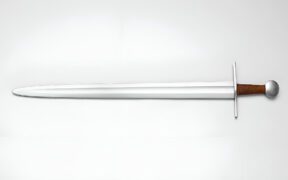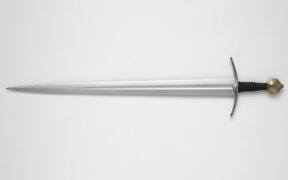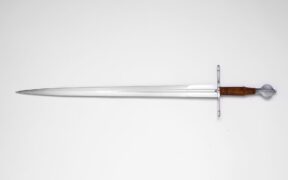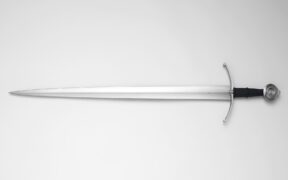Oakeshott Type XIX: The General Purpose 16th Century Sword
NO AI USED This Article has been written and edited by our team with no help of the AI
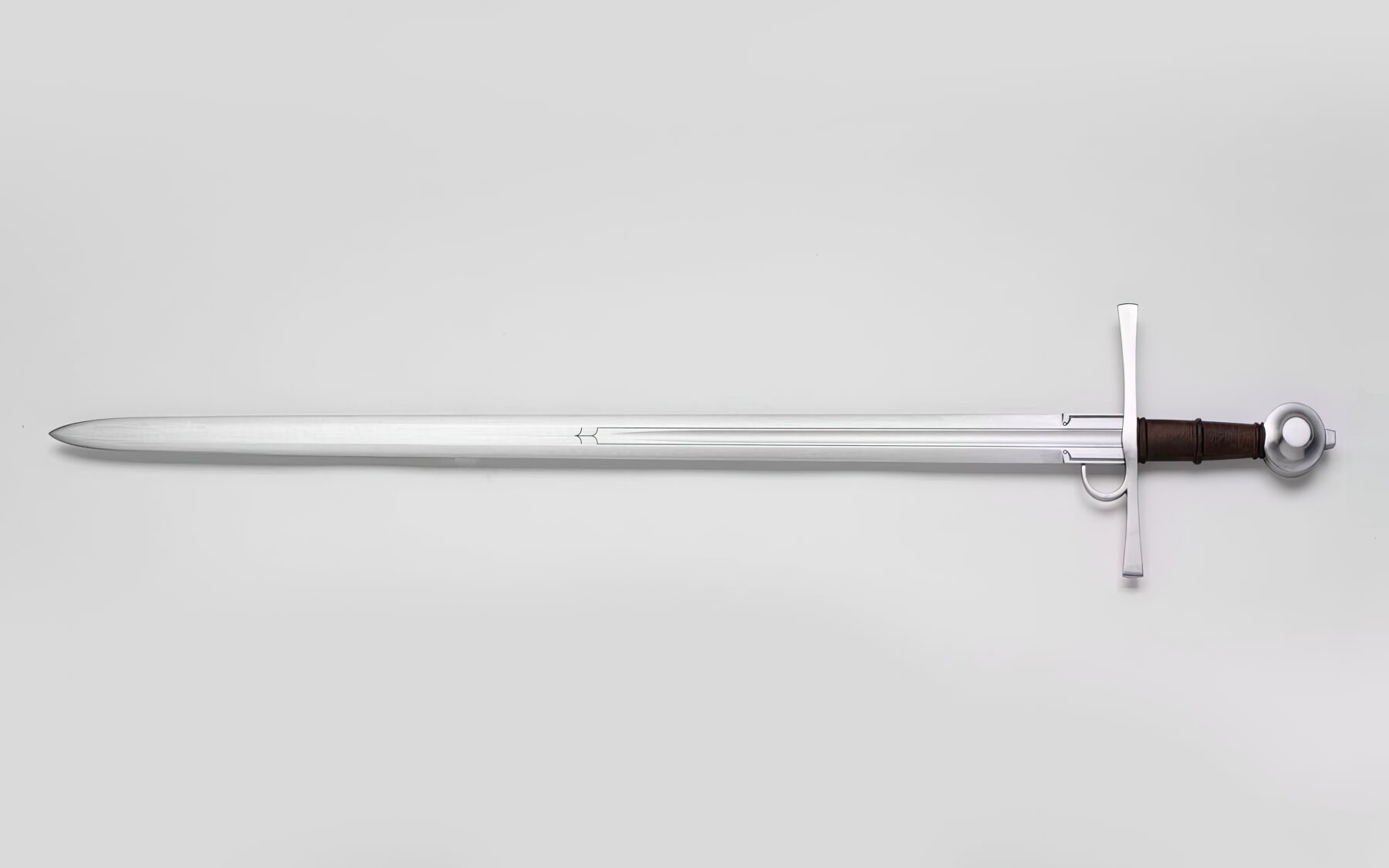
The Type XIX in Oakeshott’s Typology is the 8th European double-edged sword group that was an effective cut-and-thrust sword. It was widely used in many European cultures from the mid-14th through the early 17th century. Its blade and hilt design became more complex in the later years, which inspired later fencing styles of swords.
The Oakeshott Typology is a European double-edged sword chart made by Ewart Oakeshott to help classify European swords from the late Viking Age to the Renaissance.
Oakeshott was a British amateur historian and illustrator who researched European arms and armor for over 50 years. His typology is a continuation of Jan Peterson’s “The Norwegian Viking Swords,” where he classifies Viking swords. Jan Petersen was a Norwegian archeologist and historian who researched bladed-edged weapons used by the Nordic cultures and created a typology for them in 1919.
In this article, we will delve into the world of the Oakeshott type XIX sword and explore its characteristics, which make it a highly complex and sophisticated-looking type of blade. Then, we will find out how it was used in battle, its different variations, and touch upon its history and some antiques still preserved today.
Characteristics of Type XIX Swords

Oakeshott type XIX swords have distinctive characteristics, which easily set them apart from many other Oakeshott classified swords. While earlier XIX examples from the 14th century might be simpler in design, the later XIXs became more complex as they developed into a sophisticated Renaissance type of blade.
Blade
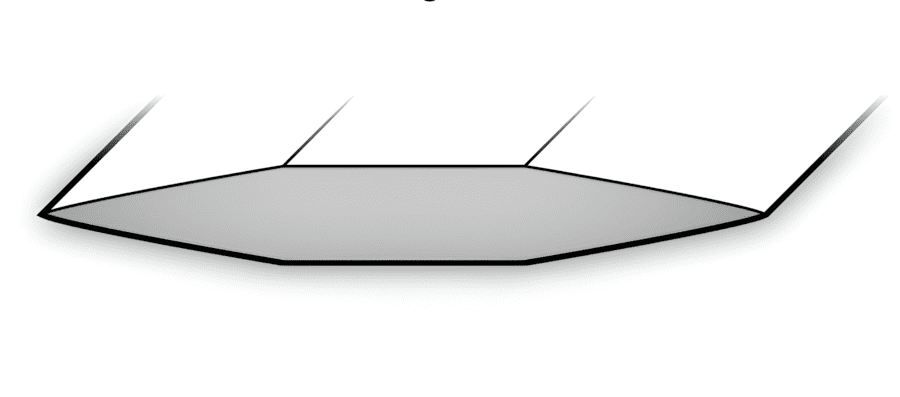
The blade of an Oakeshott type XIX would be double-edged, straight, with defining characteristics that are parallel through the entire length of the blade, ending with a sharp point at the end. The blade’s cross-section had a hexagonal profile and was fairly broad compared to other contemporary tapering blades made for powerful thrusts.
Near the hilt is a ricasso?an unsharpened blade part extending two to three inches (5 to 7.5 cm),?as well as a narrow, well-molded fuller extending 1/3 of the blade. While not a defining trait, there are examples of two small but deep fullers that outline and follow the shape of the ricasso and the longer central fuller. These lighten the sword’s weight and give it more flexibility, which helps when using it with one hand. The tang underneath the handle is rectangular and ends at the pommel.
Hilt (Guard and Pommel)
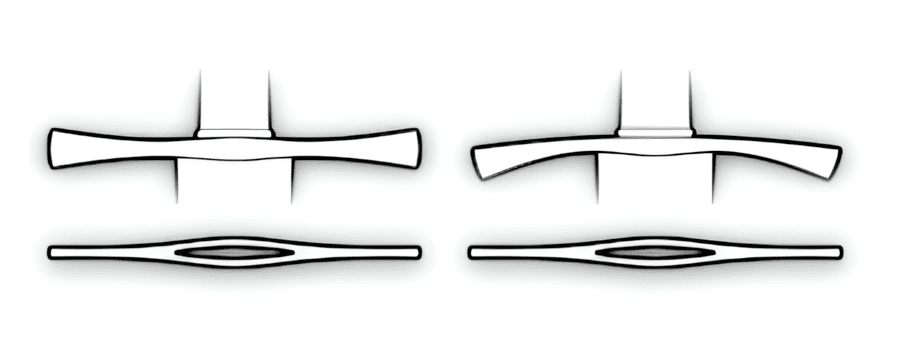
The hilt of the type XIX sword was primarily one-handed, but there were some cases of hand-and-a-half handles. These swords had crossguards that could be tight near the center and broaden at their quillons like a bow tie. Other times, the crossguards were the same width throughout its length and bent toward the blade at the end.
Type XIX swords were also known for their complex guard designs that could vary from sword to sword and were usually dated much later than the previous guard types. These more developed hilts were made to ease handling and provide better protection to the user’s hand, such as adding a “ring finger” to the hilt.
The large pommel variation made it a more sophisticated type of sword that would differ from others. There are many designs, the most popular being a disc shape with or without a convex. There were also disc shapes with chamfered edges or broad pommels with the chamfered edges hollowed out and some scent-stopper styles for the hand-and-a-half variations.
Size and Weight
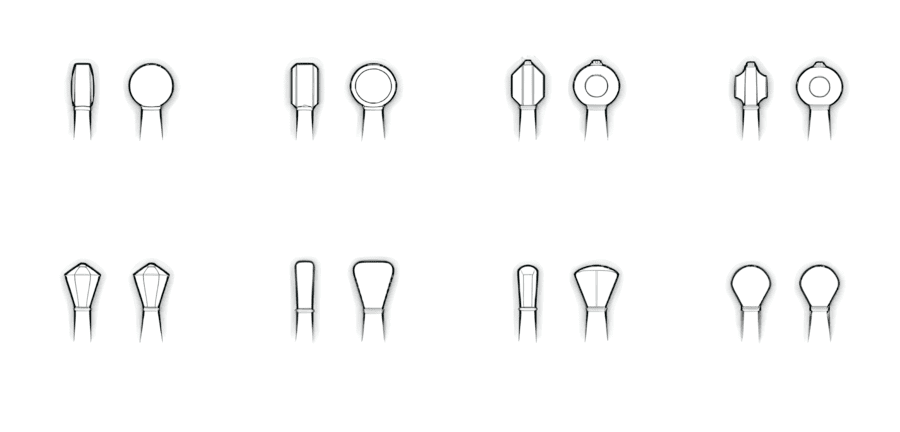
Type XIX swords weren’t generally very large blades, particularly with later 16th-century models. Some XIX blades were light weapons of war that could be easily handled for fast cutting and precise thrusting attacks, while others would be slightly heavier. The average weight for a type XIX was between two and 2.8 lbs (0.9 to 1.3 kg), with some reaching 3.5 lbs (1.6 kg) depending on its size.
The size of the XIX is complicated because it can vary from type to type, but generally, the essence of the type XIX was made to be handled like a one-handed sword. Its average blade length was 32 to 34 inches (81 to 86 cm) with a hilt length of three to 5.9 inches (8 to 15 cm), making its overall length around 37 inches (94 cm). However, some had blades as short as 26 inches (66 cm) or as long as 36 (91 cm).
Variety of Type XIX Swords
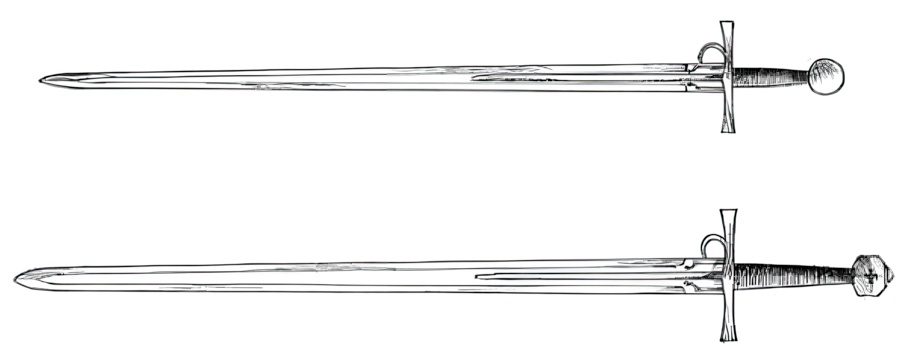
Oakeshott’s research was done for more than half a century. This resulted in a thorough examination of many blades, and Oakeshott’s mind was often changed over time regarding certain types. A prime example was the type XVIII and its many sub-types that were difficult to classify. This was also the case with the type XIX sword.
In his earlier typology published in 1964, The Sword in the Age of Chivalry, Oakeshott classifies type XIX as a one-handed weapon only. But with the 1991 version of Records of the Medieval Sword, he also links the type XIX with a hand-and-a-half variation.
The type XIX had a variety of shapes and designs and even different sword types altogether. The single fuller?parallel edges that end abruptly near the end?, ricasso, hexagonal cross-section, and complex styles of guards can be found on single-handed swords, hand-and-a-half blades, later rapiers, side swords, and greatswords such as the Claymore. Based on Oakeshott’s classification and words, all these swords can be classified into the type XIX.
Uses for the Type XIX Swords
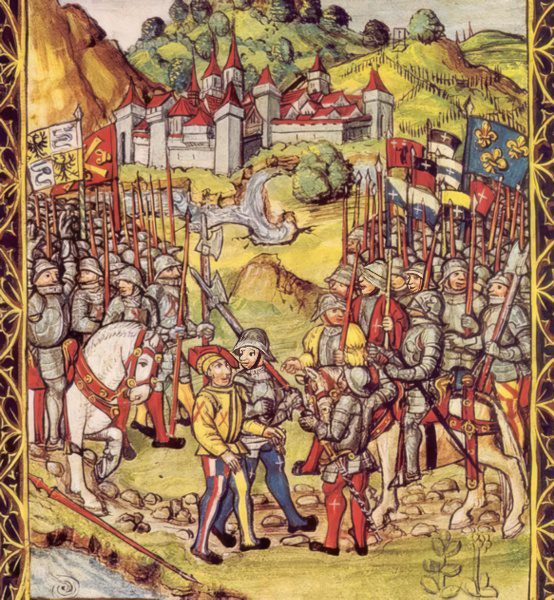
The type XIX sword could be used as a two-handed hand-and-a-half weapon, but its primary function was as a one-handed one. It is a cut-and-thrust sword due to its blade design, which could be effective for both. Its design was used for over three centuries as it adapted to certain types of armor. This shows that some sword styles didn’t go out of fashion because of increased armored defenses.
The hexagonal blade profile combined with the parallel edges would have given it enough rigidity for a compelling thrust that could pierce the chainmail rings and provide enough force for a devastating cut. The type XIX was a versatile sword with a long history that was equally efficient at thrusting and cutting.
The abundance of type XIX findings from the 16th century would explain that the sword was highly effective. It was used as a powerful infantry weapon and an everyday defensive tool. It peaked when the use of plate armor was starting to decline.
Its later design with a complex hilt was perfect for adaptability in close combat duels and, with time, would fashion into the next generation of swords, like the rapier and side sword.
History and Historical Examples of Type XIX Swords
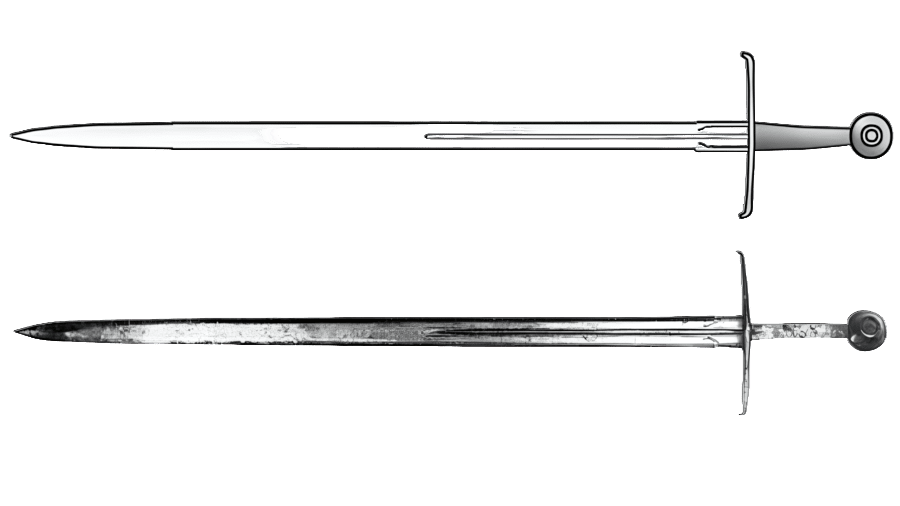
The XIX was believed to have been linked only with the early Renaissance period due to its complex hilt and blade design. However, findings and research have proven that the characteristics of type XIX have been present in Europe since the Late Middle Ages in the 14th century. This sword was used for a relatively long period, through the early 17th century.

The earliest examples of a type XIX sword were from the 14th and 15th centuries when they were given or plundered by the Mamluk rulers of Egypt. An antique sword extracted from the Egyptian city of Alexandria with Arabic engravings now resides in The Royal Armories in Britain.

These blades strongly indicate that this sword wasn’t only used at the beginning of the 16th century, as previously thought. One of the most popular swords resembling a type XIX is that of the Castilian knight, El Cid.

It’s possible that type XIX swords may have originated in Italy due to the styles closely linked to Italian swords as well as the maker’s mark of “M” (Milan) engraved on them. This letter “M” mark is similar to other swords found that were made in the city-state of Milan. Even those in Alexandria were in fact Milanaese as well.

Many excavations of the sword allow it to be easily researched and strongly suggest that the blade was widely used. While Oakeshott only briefly describes the sword in “The Sword in the Age of Chivalry,” its design played a pivotal role in the evolution of famed weapons like the rapier and side sword. Today, XIX swords aren’t manufactured by many blacksmiths largely due to the lack of popularity in current day.
